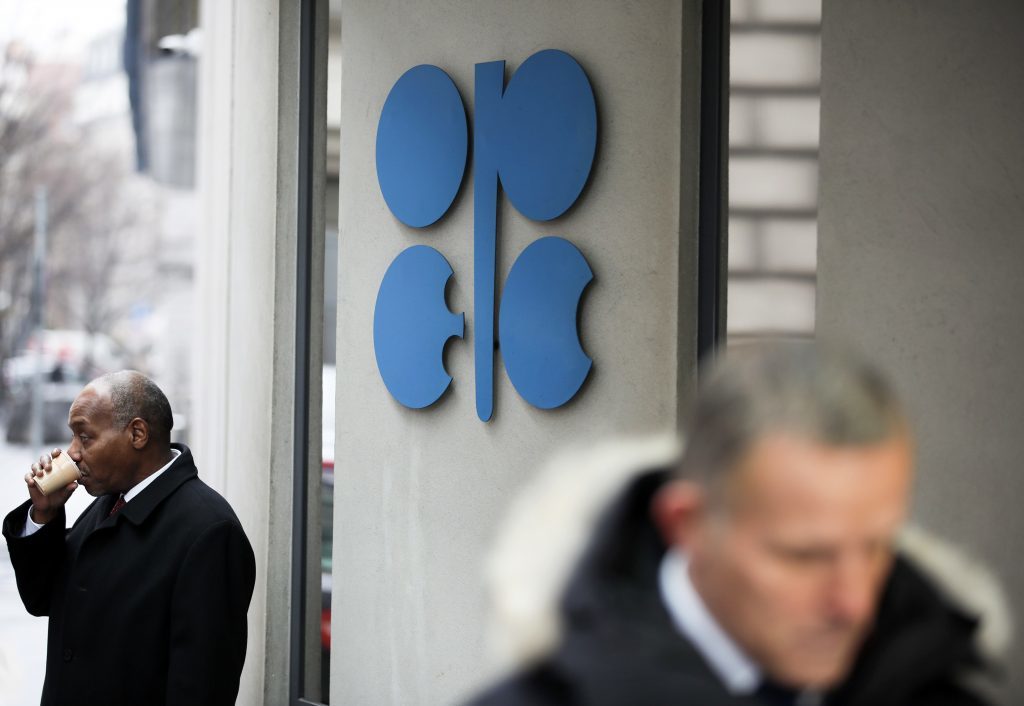
A “cocktail of uncertainty” awaits members of the OPEC oil cartel ahead of a meeting next week to discuss whether to cut oil production, according to an analyst.
Callum MacPherson, head of commodities at Investec, attributes the “aggressive move down” in the price of brent crude, from $86 to $60, has been due to the oil market being “oversold”, with investors selling off.
He argues that, if OPEC delivers cut of around one million barrels per day, it could see a “rapid recovery in prices” to around $70 per barrel.
Members will meet in Vienna on Thursday as latest figures from the International Energy Agency suggest an oversupply of 1.7million barrels per day.
Against this backdrop, Saudi Arabia has talked of the need for a cut, but Russia would rather delay to see the effects of Iranian sanctions and “underwhelming growth” in US production.
Mr MacPherson said if a cut is not agreed, oil prices could tumble further.
He said: “As is often the case at OPEC meetings, the debate will likely be oriented around the contrasting opinions of Saudi Arabia (looking for a cut) and Russia (think it is too early to say).The Russians have a valid point in wanting to delay; if an OPEC cut was followed in 2019 by a combination of further declines in Iranian exports and underwhelming growth in US production, the market could start to look tight – or even enter a deficit.
“In the short-term, the market would probably like to see a cut, though it would be hard to argue that one is really priced in.
“The aggressive move down from 86 $/b in Brent to below 60 $/b, has to a large extent been in conjunction with falls in equities, as speculative investors sold oil. Meanwhile, re-hedging of put options sold to producers has accelerated sell-offs in recent weeks adding to the downward spiral.
“It is against this backdrop of the oil market looking rather oversold, that OPEC’s decision needs to be viewed. In which case a significant cut of, say, 1 mb/d could lead to a rapid recovery in prices. A move toward the 62-63 $/b area would break the down-trend, and open the way for a push towards 70 $/b.
“If OPEC does not deliver a cut, a further sell-off seems likely, but it might need a clear sign that OPEC was returning to its market share strategy of 2015/16 to push oil prices into a sustained lower range (e.g. 55 $/b or below).
“Perhaps the recent increase in OPEC production is actually the strongest signal that it intends to announce a cut, as members jockey for position ahead of the debate about who should bear the cuts – this has happened before.”
Recommended for you

